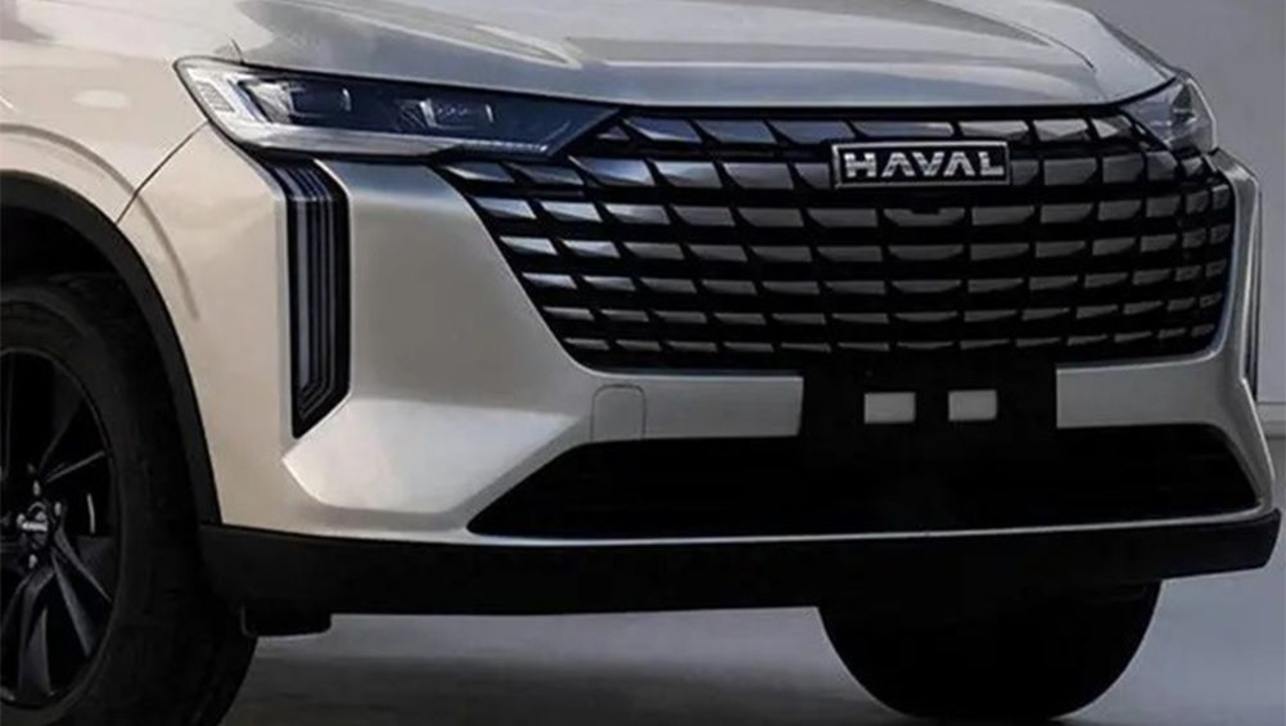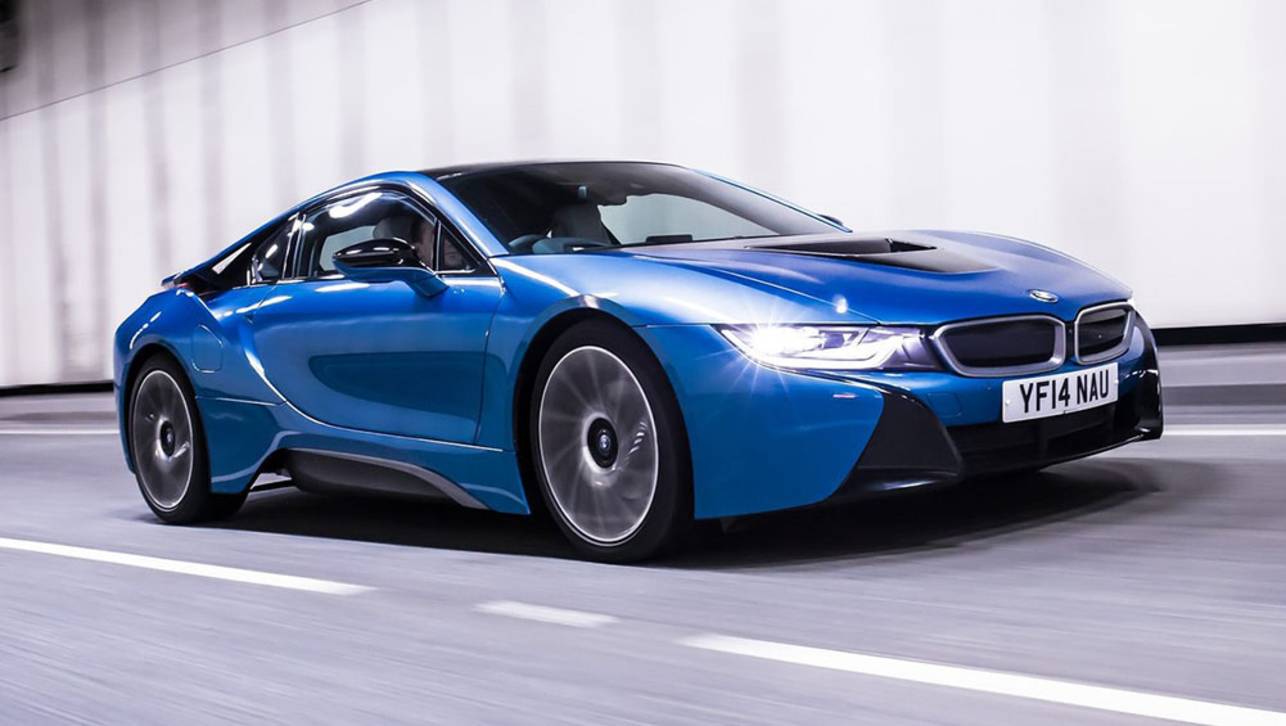Mapping the future direction of the car is the recurring theme at this year's Consumer Electronics Show in Las Vegas.
Beyond the hype over BMW's stunning i8 Spyder, car brands and suppliers previewed next-gen navigation.
Autonomous cars need precise maps and accurate GPS setups. They also need an array of sensors and cameras to process where they are on the road. Among others, Toyota, Ford and GM plan to use the in-car tech to refine the maps and create 3D environments that identify road signs and buildings.
The crowdsourced maps premise relies on successive vehicles creating continual overlays to give real-time updates of changes in road conditions and traffic.
Once the maps are sorted, Volvo reckons you'll want to watch streaming video and has a 26-inch monitor so you can do just that while the car handles the boring bits of the drive. The software even calculates any mobile phone reception "dead spots" on your route and caches the program to avoid buffering.
Adoption of Apple CarPlay and Android Auto just keeps accelerating — Chrysler and Ford confirm they'll support both apps. Ford's open-source SmartDevice Link, via which the app interfaces with the car, shapes as a default standard.
Honda, Subaru and Mazda are assessing the platform's potential while Toyota has adopted it already.
Ford also plans to link its Sync multimedia with smart home devices — teaming with Amazon Echo and Wink, it will enable drivers to open a garage door or turn on the front light as the car approaches.
The Blue Oval will triple its on-road fleet of autonomous cars to 30 to refine its virtual driver software.

The i8 Spyder was ostensibly a testbed for BMW's updated gesture-control software — drivers operate the "AirTouch" screen without actually touching it.
It looks more intuitive than the limited gesture-control that debuted in the latest 7 Series. Whether it will be any simpler or less distracting than voice control or steering wheel buttons remains to be seen.
GM's take on the future is a $500 million punt on ride-hailing service Lyft (think of it as Uber's little brother) as a platform to develop on-demand driverless cars. More practically from GM, Chevrolet will launch its electric Bolt hatch with a range of up to 300km.
Volkswagen's electric Budd.e mini-van, to go into production in Mexico next year, has a range of up to 500km. VW says its reveal "marks the beginning of a new era of affordable long-distance electromobility".
It is tipped to have the now-obligatory autonomous driving capability while new display and operating tech will turn up in roadgoing cars. "Innovations such as the Golf R Touch concept car (will find) their way into Volkswagen's broad product portfolio," the hype says.
Faraday Future's ludicrous 750kW hypercar, still two years from production, will look nothing like the swoopy consumer show concept. It's all about what's underneath.
The US firm has created a modular chassis and battery pack layout that in theory can underpin everything from a people-mover to a pick-up. With backing from a Chinese tycoon and key technical staff poached from rival Tesla, the start-up can't be ignored.



.jpg)
.jpg)



.jpg)
.jpg)
.jpg)

.jpg)

.jpg)

.jpg)
.jpg)
.jpg)
.jpg)



.jpg)
.jpg)





Comments